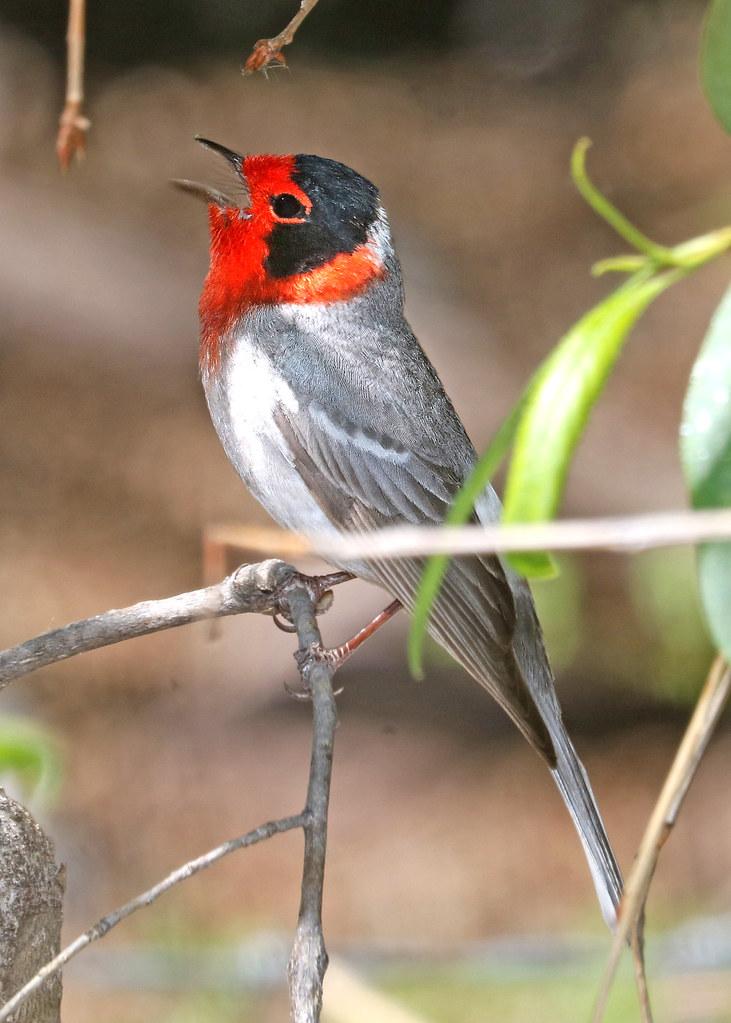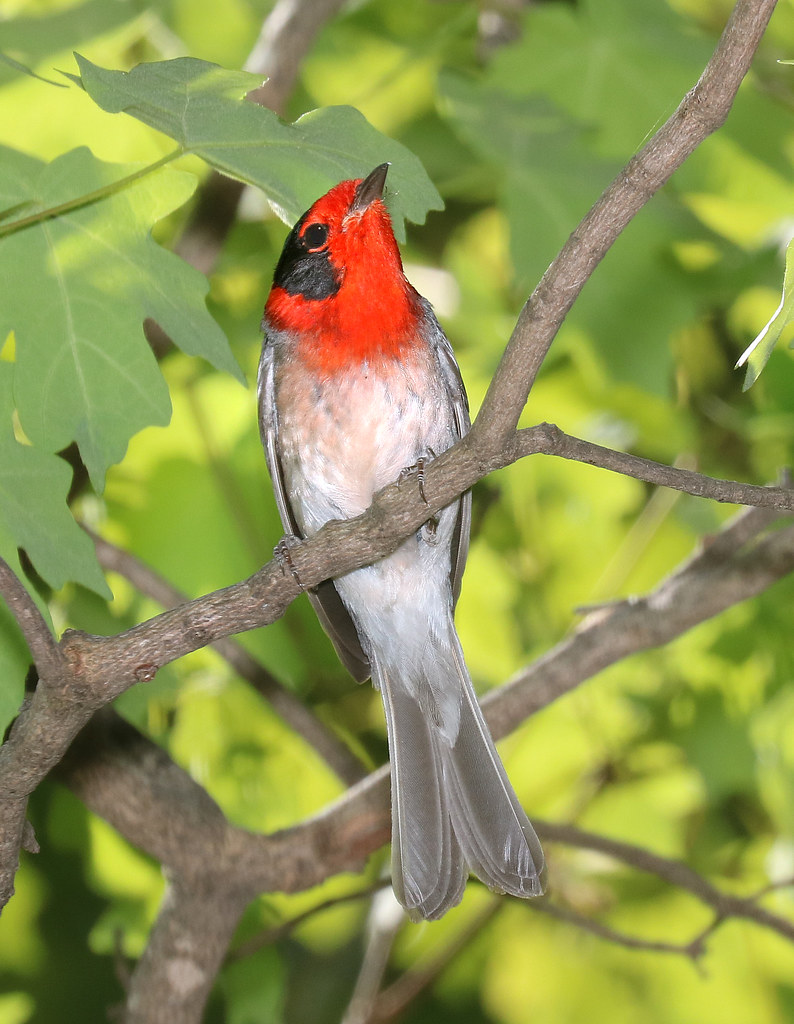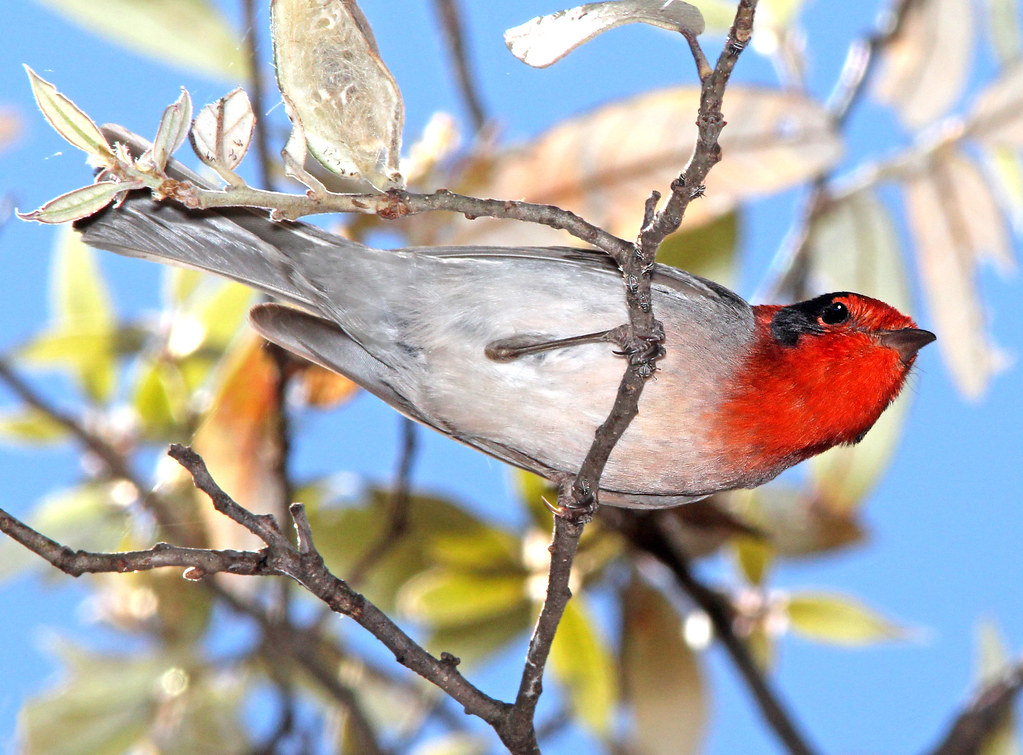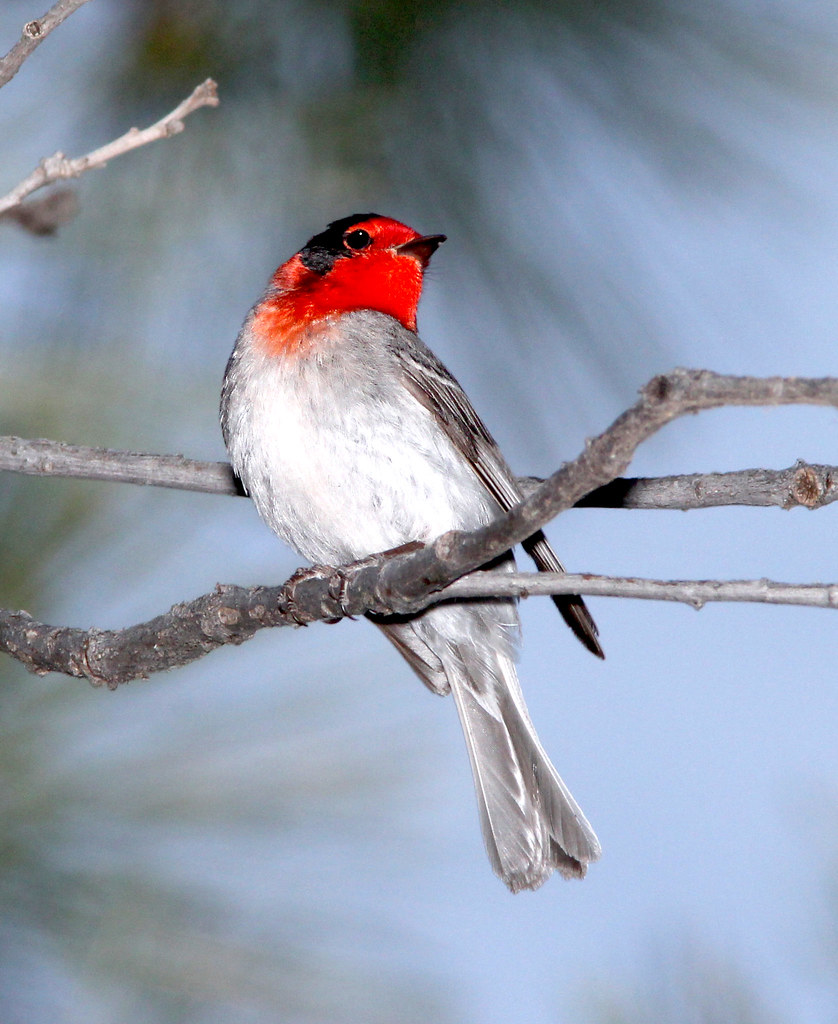This bird stands out among its already unique family members.
Home:

Phone conversations and musical melodies:

How Animals Act in Their Natural Habitat:
In the wild, animals exhibit a range of behaviors that are unique to their species and environment. These behaviors can include hunting for prey, marking their territory, mating rituals, and communicating with one another through sounds and body language.
Predators such as lions and wolves employ stealth and strategy when hunting, while prey animals like gazelles and rabbits use speed and agility to evade capture. Some animals, like birds and primates, use complex social structures and communication to interact with others in their group.
Additionally, wild animals often have adaptations that allow them to survive in their specific habitat. For example, polar bears have thick fur and a layer of blubber to protect them from the cold, while kangaroos have long legs for hopping across the Australian outback.
Overall, observing animal behavior in the wild can provide a fascinating glimpse into the natural world and the ways in which different species have evolved to thrive in their environments.

…

The reproduction process of this particular species takes place between the months of March to May. The female lays 3-4 whitish eggs with speckles of brown, grey, and reddish markings until the end of June. The incubation period lasts for 15-16 days, and the young ones are ready to fly and leave the nest after 10-11 days of hatching. It takes about three weeks for the chicks to become fully matured. Both the male and female birds participate in feeding the chicks. To learn more about this species, kindly refer to the attached video.
